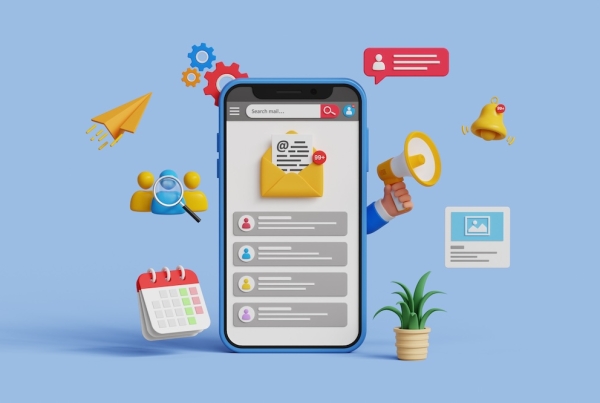When it comes to “Marketing Leads”, there’s a wide range of definitions depending on who you ask. To measure your marketing efforts, you need to identify exactly what your definition of a lead is, and what types of leads your marketing efforts are generating.
Here’s a common list of marketing leads you might experience through your marketing efforts:
- Email Opens – This lead is defined as the person who opens the marketing email you sent. On the scale of buyer intent, this email open rates rank low but it does show some form of interest.
- Email Click-Through – This happens when a person opens your marketing email and acts by clicking on a link in the email that directs them to your website or another call to action. The term click-through suggests a higher level of intent assuming they were interested enough to take the next step.
- Email or Blog Subscription – This “lead” is a bit more subdued. When someone subscribes to receive upcoming emails and blogs, the recipient is making a commitment by surrendering their contact information for future contact.
- Intent Search – Technology exists that allows you to be notified of organizations searching for your products or services in the web searches. Using this data enables you to engage them at their point of interest or need. Sadly, the data only reports on what company (or domain name) has searched for your information; it does not tell you who the specific person doing the search at an individual level is, so you may need to do a little hunting.
- Content Download – The person provides you with their personal contact information to receive a piece of premium content like an ebook, checklist, or other content they see value in. This is a tried and true method of lead generation using the assumption that if someone is looking to learn more about a topic, there’s probably a reason!
- Webinar Registration or Attendee – We broke webinars out into two lead types for a reason. The person that registers for your webinar is showing genuine interest in your topic and when they show up as an attendee, you have an even higher value lead. In short, both registration and attendee lists are higher value leads that suggest interest in what you have to offer.
- Phone In – A tremendous number of leads come from people calling your office. But are they marketing leads? Thanks to some advanced tracking techniques, you can now know if someone is calling your business because of marketing activity, like a paid ad.
- Request a Quote – This is a high value pure-bred lead. By requesting a quote, the person is definitely in the buying window and should be followed up with accordingly.
- Book a Demo – Some customers like to see something operate before they get too deep in their consideration phase. In this case, the buyer usually knows they are headed for some form of ales pitch mixed in with education on what you so and why you do it.
- Contact Us – This catch all landing page is a tried-and-true lead capture area on every website. Often people who were stimulated by your marketing activities will end up here so it’s always a good idea to ask how they found you!
Defining what a marketing lead is will be a important to measure your marketing effectiveness. At IN2, we believe that most business owners don’t buy marketing, they buy the results that marketing can deliver to their business – and leads are usually a BIG part if it.
Marketing can create awareness for your business or service. It can also boost prospects’ consideration rates. However, lead generation through your marketing efforts continues to be the ultimate measuring stick for your efforts!
About IN2communications
IN2communications is an award-winning digital marketing and web design agency helping hundreds of B2B organizations create awareness, boost consideration rates and generate sales leads.
Our awesome team provides experienced expertise in the following areas: Creative Strategy, B2B Campaigns, Web Development, Video Production, Social Media, Paid Advertising, SEO, Email Campaigns, Blogging, Presentations, Webinars and remarkable Content Creation.




